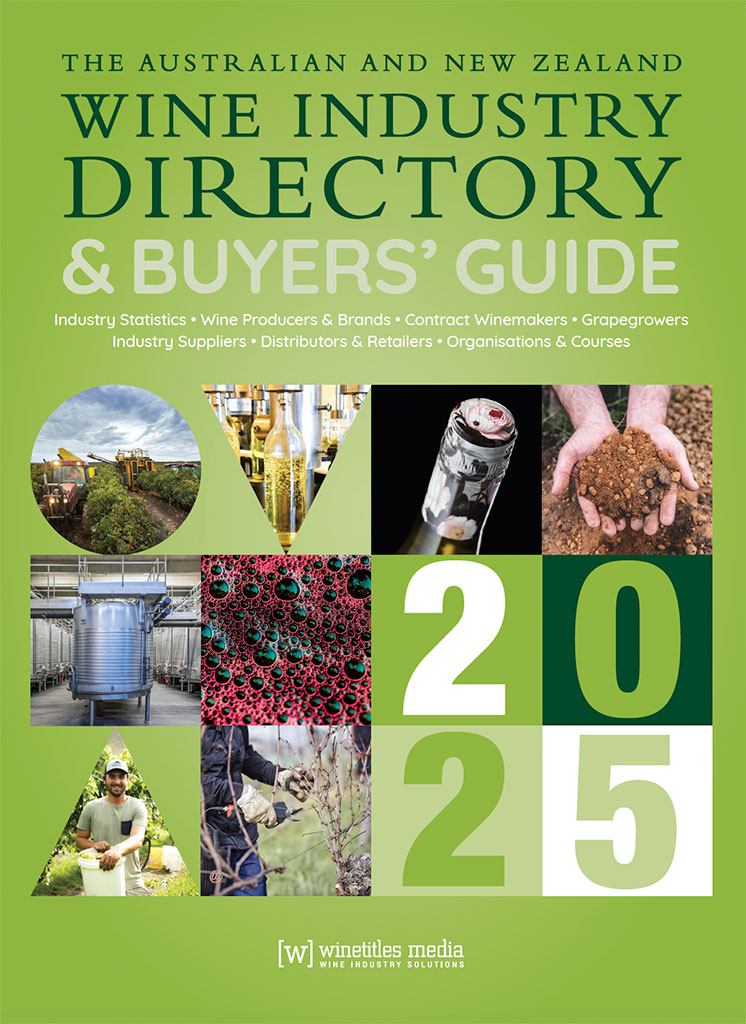In December 2018 the Australian Wine Research Institute hosted a webinar to present the Bureau of Meteorology Seasonal Outlook for the 2019 vintage.
Delivered by Darren Ray, senior climatologist from the Bureau, the outlook confirms what many at the time expected, and what many have since experienced; we are in for a hot Australian summer.
In terms of rainfall from December 2018 – February 2019, the northern half of Australia is more likely to continue being drier than average, whereas the southern half of Australia is just as likely to experience above average rainfall over summer as it is to experience below average rainfall in summer. January in particular was expected to be drier than average across the northern half of Australia.
Regarding temperature, the chance of exceeding median maximum temperature is, to quote Ray, “really likely” across “most of the country” through summer. January and February were expected to be warmer than average, with wine regions the Riverland, Sunraysia, and the Hunter Valley to be particularly impacted. Summer is likely to be warmer than average for “most areas”, particularly across central/northern Australia. These raised temperatures made it likely for an earlier harvest in northern wine regions as compared to southern wine regions; this has been confirmed, with Daily Wine News already reporting the beginning of early harvests.
Between March and May 2019, we are more likely to see a drier start, and a significant rainfall event or two is possible from. These months are still expected to be warmer than average. “There is the potential for significant rainfall in bursts as we get up to and during harvest”, Ray outlined.
The key findings summarised include the suggestion of early harvest in the Riverland, Sunraysia, and the Hunter Valley, and during Australia-wide harvest, to watch out for sporadic rainfall events.
Slightly longer term, there is an increased risk of El Nino in the first half of 2019.
Watch the full webinar here.




















